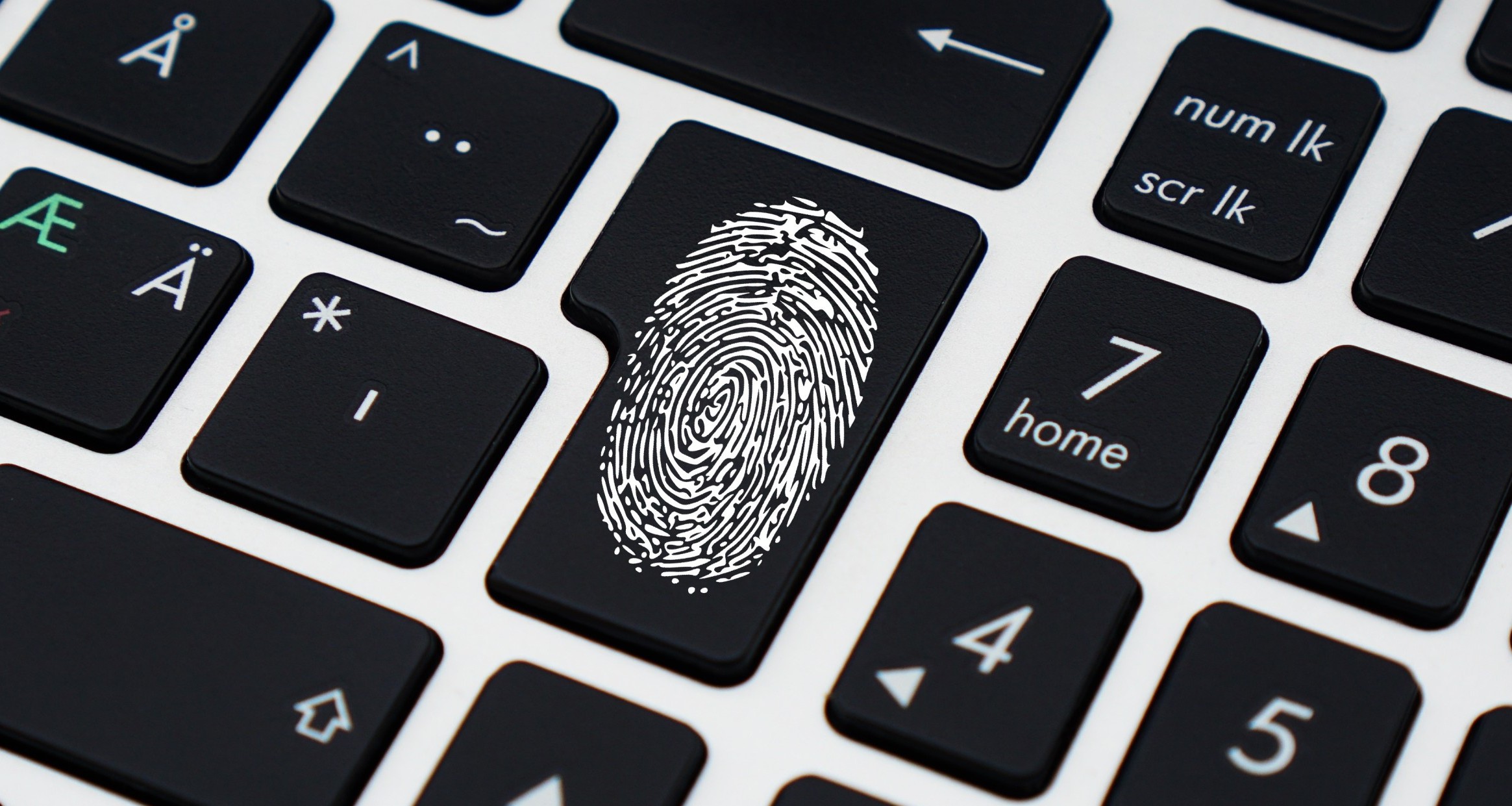Data security should be a high priority for MongoDB users. No one wants unauthorized parties to have access to their data or be at risk of hacking. Security measures are paramount. From encrypting data to user authentication, access control, and system auditing, there is much you can do to protect your data.
Reduce the risk of data breaches. Maximize your data security. Here are the top MongoDB security tips to know.
Create Unique Login Credentials for Each User
Security is one of the most critical priorities in managed MongoDB services. Enable authentication and create separate security credentials for each MongoDB user.
If several users want/have administrative access, do not share credentials. Users receive their own. This reduces the likelihood of the entire MongoDB account being compromised. Always issue credentials and assign privileges appropriate to their role.

Customize Roles and Permissions for Each User
Instead of blank authorizations with equal permissions, tag authorizations to roles. Assign users individual rules, such as ‘administrator’ or ‘developer’. Predefine the permissions those roles will receive in your MongoDB environment.
This creates consistency in policies. It meets the needs of specific teams and functions while maintaining security.
Encrypt Data to Prevent Unauthorized Access
Encrypt data so that it can only be read by those with the keys to decrypt it. There are many ways to encrypt data in MongoDB. However, you want to ensure security is applied across all states. This way, if there is a breach, the data remains unreadable.

Consider Additional Encryption for Sensitive Data
Have highly sensitive data? Add client-side field-level encryption. This provides an independent decryption key on the client side that extends beyond server-side encryption.
This means only the user can read and interpret the data they put in. This also encrypts the data from the administrator and the developer. Only the individual user who entered the data can access the decrypted data.
Limit Database Connections and No Remote Connections
If a database door is open, an intruder can gain remote access. This is how data leaks happen.
Limit remote connections to your database. If necessary, allow connections only from specific IP addresses by allowing them. An alternative may be to enable VPC (virtual private cloud) peering to private networks housing their applications. It prevents unauthorized access to the public Internet.
Protect Your Database to the Internet
Restricting physical access to your MongoDB database is imperative to protect it. Do not connect your database to the Internet unless necessary. Your data is secure if an attacker cannot connect to your server and there is no way to do so.
Use Firewalls to Block Non-Server Access
Use firewalls to restrict non-authorized entities from connecting to your MongoDB environment when possible. Only allow application servers to access the database.
If you’re hosting on AWS, use ‘Security Groups’ to restrict access. If you’re hosted on a provider that does not support firewalls, you can configure one using iptables.
Maintain a Full Audit Trail
You will need to audit your MongoDB environment. When you do, a log is generated, which enters the audit trail. An audit trail shows who made the changes, what changes were made, and when they were made.
Consider Upgrading to the Enterprise Server
The free MongoDB Community Edition is secure, but MongoDB Enterprise Server is far better for additional security and performance features. The extra security measures you need at the community level are LDAP integration and encryption.
Keep Your MongoDB Server-Updated
Your MongoDB server will require updates and security fixes. These fixes patch security vulnerabilities and strengthen security significantly.
Monitor your databases. Identify security threats or signs of a cyberattack, such as when resources are not performing well. Database monitoring software alerts administrators when suspicious behaviour occurs. Maintain a regular schedule of checking for and completing updates.
Schedule Data Backups
If an attacker removes your database, you don’t want your data to be irretrievable. Schedule backups to occur. This way, you have a recent copy of all your data. If there is a breach, system failure, cyberattack, or downtime, you can still access and restore the data you put in.
There are several ways to back up a MongoDB server. The most common are filesystem snapshots, which use MMS, MongoDB Management Service, or Mongodump, suitable for small database deployments.
More Security Tips for MongoDB
Evaluate and alter MongoDB’s default settings. Configure your default server settings for maximum security. You will discover many default settings in MongoDB can be more accurately calibrated for security.
Specify a shared key file to enable communication between MongoDB instances in a replica set. Enable this by adding the key file parameter to the config file. Configure bind_ip to restrict your MongoDB server from listening only to relevant interfaces if your system has multiple network interfaces. This will prevent the server from binding to all interfaces, which is its default.
Turn off the HTTP status interface. MongoDB runs an HTTP interface on port 28017 by default and provides the ‘home’ status page. This is not recommended for production use. Disable it with the nohttpinterface configuration setting.
Enable SSL certification. This encrypts data travelling between your client and server. If you connect your MongoDB server over unsecured networks, such as the Internet, an SSL certificate is even more important.
The REST interface does not support authentication. Disable the REST interface for production systems.
